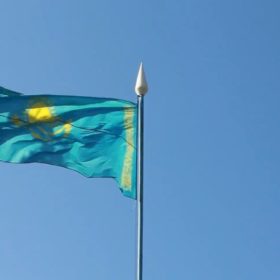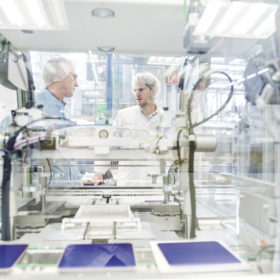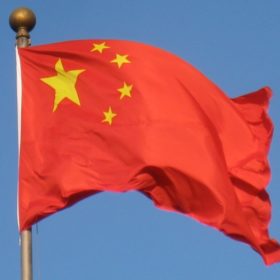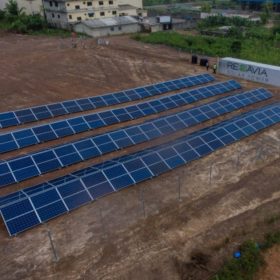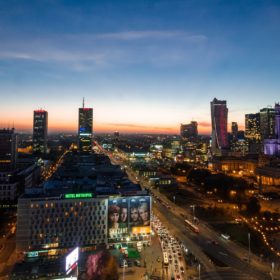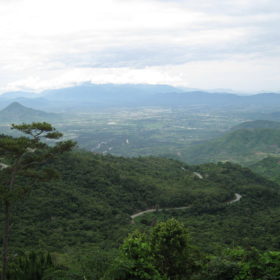ABB exits solar inverter business
This Swiss giant is following a trend as large multinational high-tech companies see their role as redesigning infrastructure rather than supplying inverters at ever lower margins. Schneider Electric has pulled out of large scale solar, Siemens’ Kaco acquisition and Junelight launch show increasing interest in the C&I and residential markets, and GE is likely to divest its power conversion business due to low profit margins in that sector.
Total Eren breaks ground on 128 MW of solar capacity in Kazakhstan
The Kazakh solar market is steadily growing amid investment from regional development banks and independent power producers. Total Eren said the 128 MW of generation capacity is just the first of its projects in central Asia.
Osaka Gas opens up corporate PPA shop in Thailand
Thailand’s solar market had ground to a bit of a halt after FITs were cut. Osaka Gas has launched a joint venture with Energy Pro Corporation to market commercial and industrial PV arrays under corporate power purchase agreements.
Sorbitol admixture to passivation layer increases HJT conversion efficiency
The race to the theoretical maximum conversion efficiency continues and with new lab results in, it appears a big leap forward may have been achieved at Leibniz University Hannover.
Ideematec banks new investment worth millions for business expansion
The solar tracker supplier is benefiting from a steadily growing PV market and has inked a deal with ABN AMRO Energy Transition Funds for new capital to expand its operations.
Moixa contracted under residential flexibility power scheme in the UK
U.K. Power Networks has tendered 18.2 MW of flexible power capacity to six companies across eight regions. With regular feed-in returns hanging in the wind in the U.K., flexibility and peak time management payments could be an alternative source of income for the solar industry.
Single-walled carbon nanotubes go into industrial production in China
The material is a conductive additive for silicon anodes in lithium-ion batteries, helping to improve cycle life and increase energy density. It has taken decades to bring the nanotubes into commercial production.
Redavia solar-lease solution keeps fish cool in Ghana
A 90 kW pay-as-you-go solar system is helping a fish trading company cut energy bills at its cooling sites.
Better Energy touts 650 MW portfolio in Poland
To date Poland has only 486 MW of installed solar generation capacity and its government is dragging its heels on climate policy domestically and at EU level. But at some point the government will have to resolve the future of its coal industry with EU policymakers.
Vietnamese market momentum attracts another 100 MW
The capacity is made up of two 50 MW projects, one of which made the deadline to connect before Sunday and benefit from Vietnam’s generous feed-in tariff. Though the fixed payment has now expired, the market could continue to develop thanks to high energy demand and excellent irradiation.


